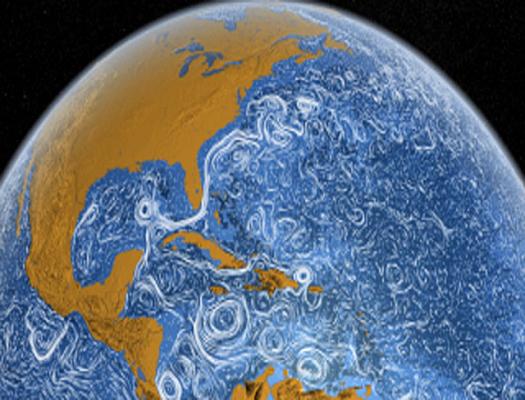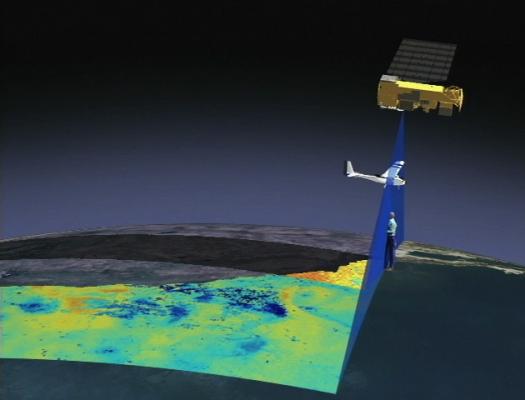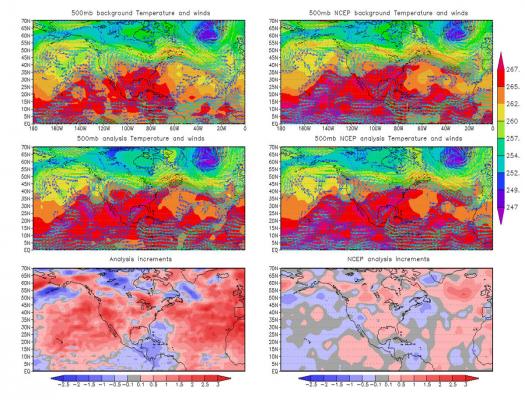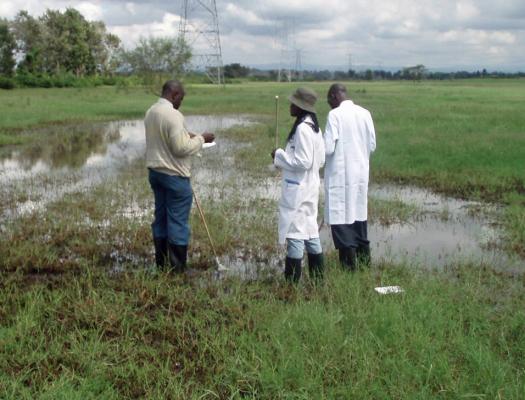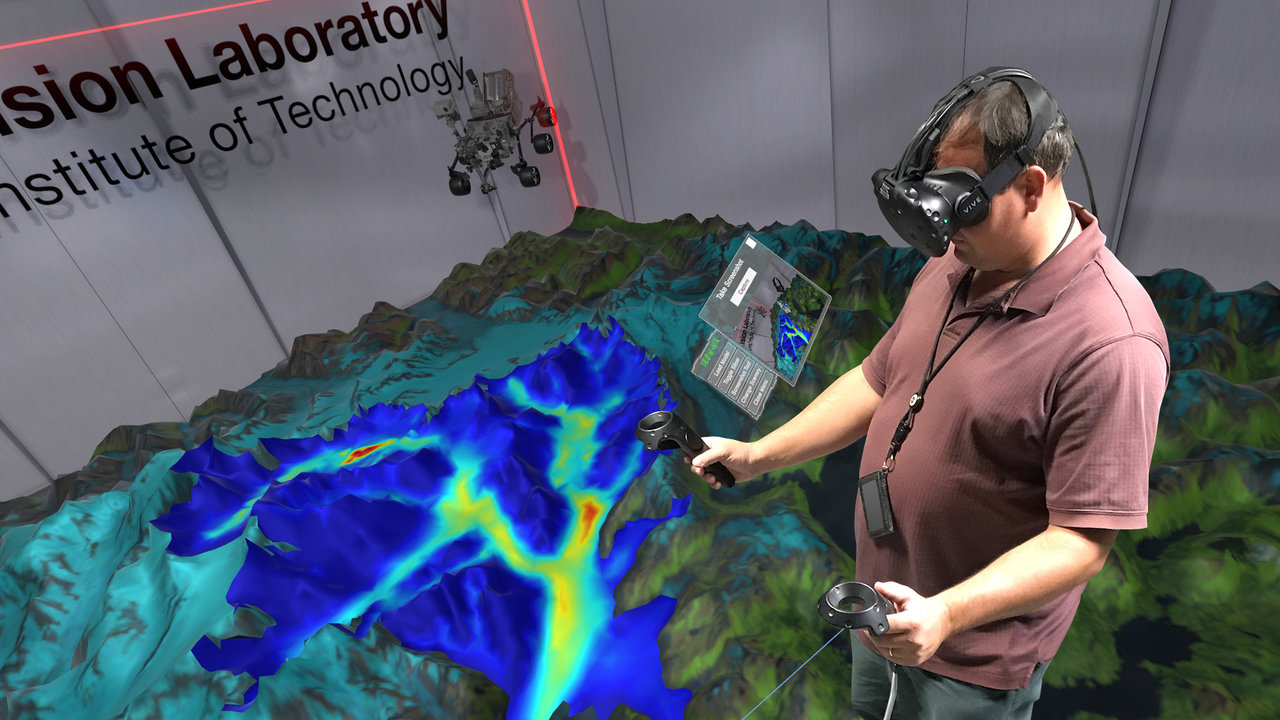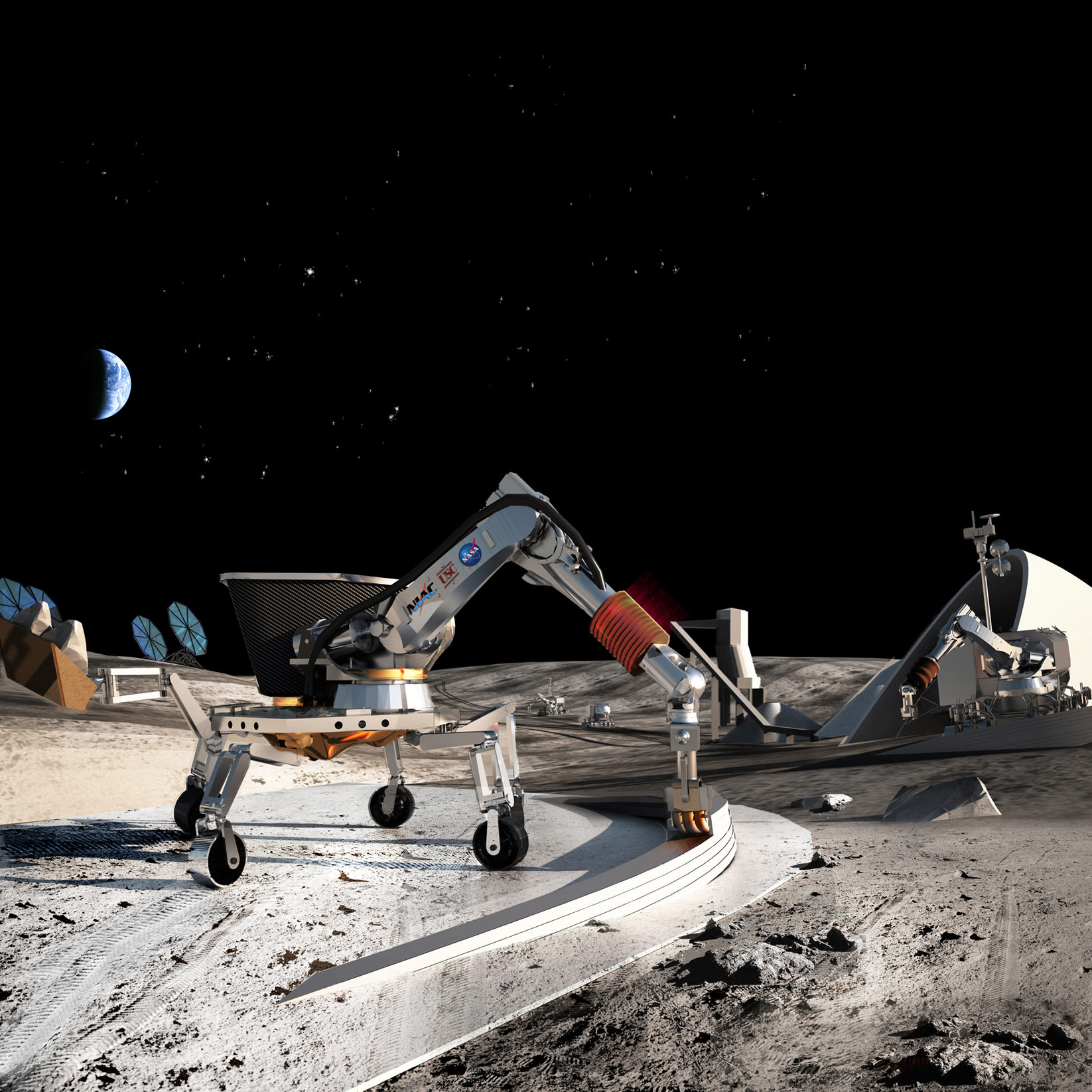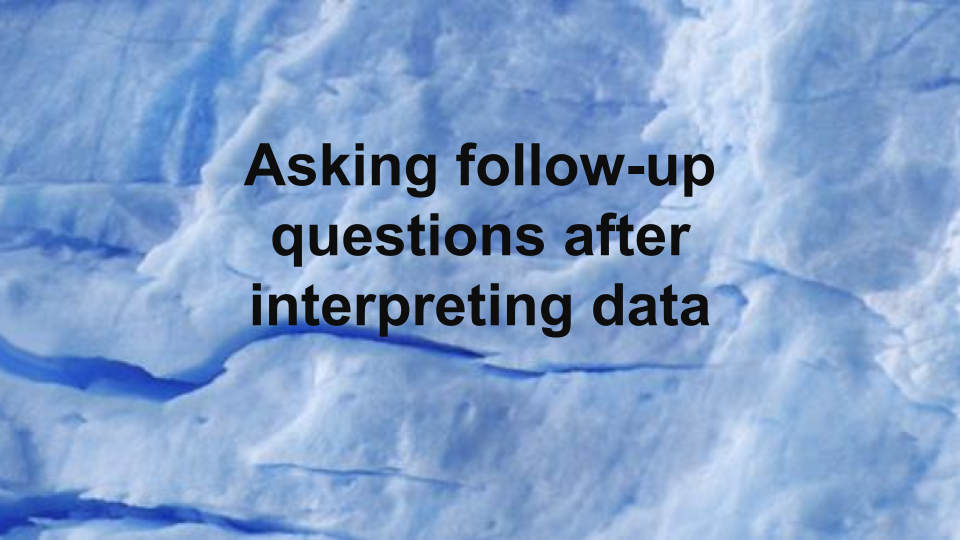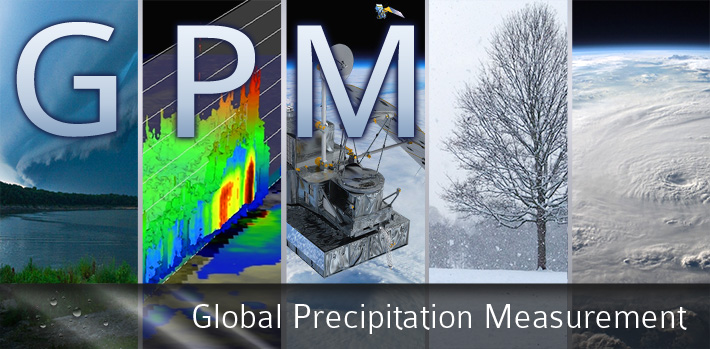Steve Nerem is the leader of NASA’s Sea Level Change team. His project, Observation-Driven Projections of Future Regional Sea Level Change, focuses on using NASA satellite and in situ observations and climate modeling to estimate future regional sea level change.
loading Hydrosphere...
Featured STEM Career Connections
Soil Conservation Technicians collect and manage survey data for conservation, develop a plan to implement conservation actions, and supervise fieldwork. Their work starts with developing physical resource plans and documents on the history of the land.
Sea Level Scientists are also known by several other names (marine geologist, paleoceanographer, paleoclimatologist, etc.). These professionals use natural records from the past to characterize local, regional, and global environments.
A geotechnical engineer is a type of civil engineer who focuses on the mechanics of the land, rocks, and soils in the building process.
Soil scientists study the physical and chemical properties of soil. A soil scientist reviews the distribution, origin, and history of soil and plants, as well as identifying, interpreting, mapping and/or managing soils. This field is commonly applied for agricultural purposes.
Learn about how Janine Pollack, an Environmental Engineer, got her start at NASA and the kinds of work she does as an engineer.
Environmental engineers use the basis of engineering, soil science, biology, and chemistry to develop solutions to problems in the environment. Some of their efforts involve recycling, waste disposal, public health, water and air pollution control.
This video addresses the following question: "We know that science is very much an iterative process. Can you describe for us your process for developing your follow-up questions after you have interpreted a set of data?"
Data scientists work with data captured by scientific instruments or generated by a simulator, as well as data that is processed by software and stored in computer systems. They work with scientists to analyze databases and files using data management techniques and statistics.
Mechanical engineers design, develop, build, and test mechanical and thermal sensors and devices including tools, engines, and machines.


